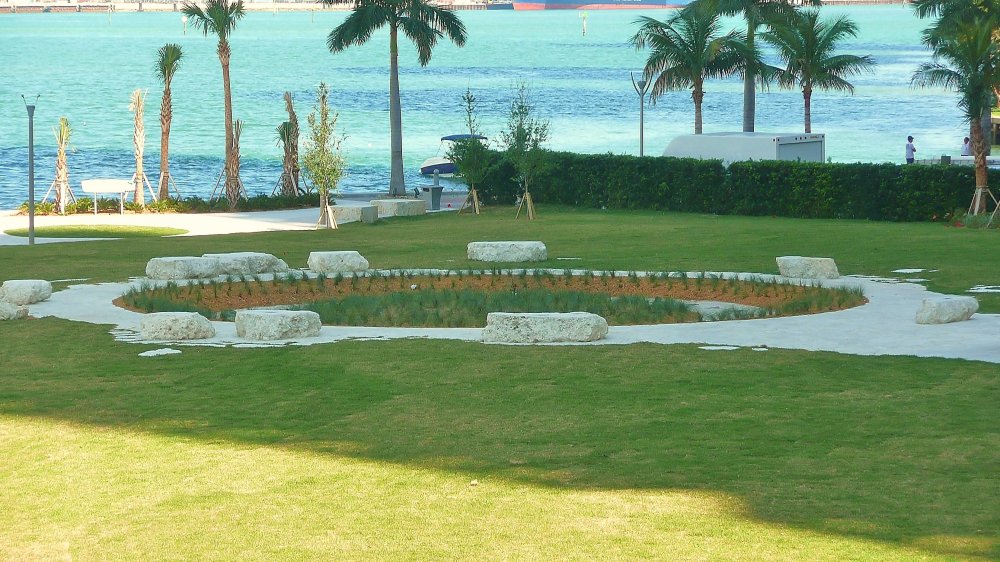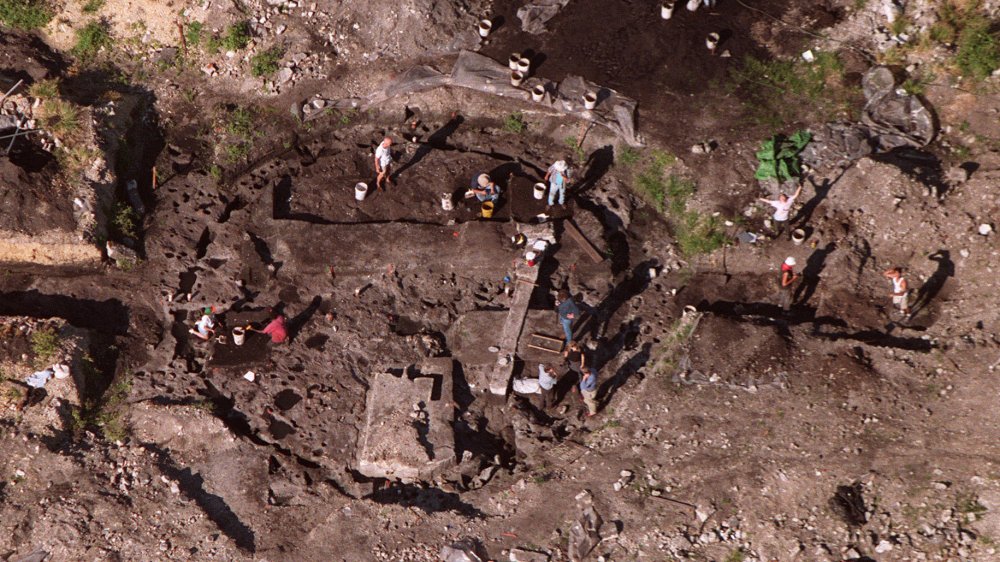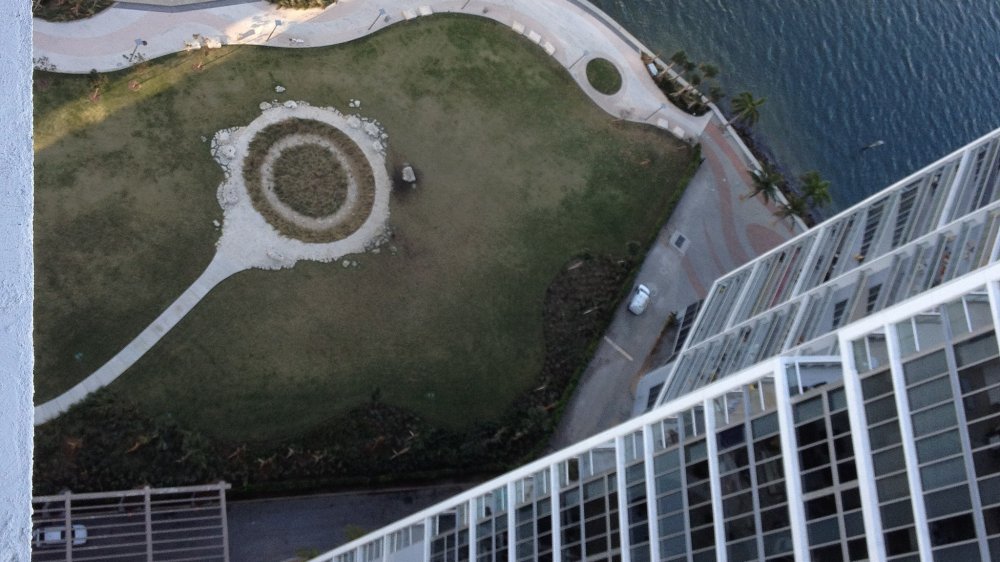The Truth About Miami's Stone Circle
Miami's Stone Circle, located at 401 Brickell Avenue, is the only prehistoric structure cut into bedrock that has ever been uncovered in the eastern United States. It is also the oldest permanent settlement that has yet been discovered on the East Coast.
This strange site was turned up after a routine archaeological investigation in 1998, following the purchase of the land by the property developer Michael Bauman, according to Atlas Obscura. Bauman intended to convert the 1950s-era low-rise apartment complex into luxury condominiums, but when the land was excavated, all construction came to an abrupt halt. Ted Riggs, a land surveyor on the project, uncovered a portion of the circle's arc, which led him to believe that it was part of a full circle, according to Miami Circle.org.
When the remaining sections of the earth were uncovered, Riggs turned out to be right. The dig revealed a perfect circle, right in the middle of downtown Miami. The circle is made up of a ring of 24 smaller basins, cut into the limestone bedrock, that combine to form a full circle that is 38 feet in diameter, according to Culture Trip. Burnt wood was also discovered inside the circle. Radiocarbon dating of the wood showed that it was between 1800 to 2000 years old. Charcoal inside the site was also subjected to radiocarbon testing, and it was revealed to also be close to 2,000 years old. Other prehistoric artifacts were also uncovered, including tools and human teeth, according to Atlas Obscura.
A 2,000-year-old footprint
Archaeologists also dug up ancient animal teeth, which most likely belonged to an extinct species of seal, along with two sets of animal remains. The bones of both a sea turtle and a shark were discovered within the circle, which suggests it may have been the site of possible animal sacrifices. Even more intriguing, two handcrafted basalt axe heads were recovered from inside the bedrock itself. This finding is significant because basalt is a volcanic rock that is not native to Florida. The closest location this material can be found is in Macon, Georgia, around 600 miles away from the circle. Because the axes appear unused, experts speculate they also may have been a part of an offering.
Most archaeologists believe this site was the foundation of a building with ceremonial or political significance to the Tequesta Indians, who inhabited this section of Florida around 2,000 years ago. Radiocarbon dating supports this theory, which suggests that human occupation of this site probably occurred around 100 A.D. A few other experts, Riggs included, have argued that it may actually date all the way back to an even more ancient civilization who populated the area up to 13,000 years ago, according to Miami Circle. Some experts have speculated that, because basalt is not found in the region, the site was not built by the native Tequestas. The Tequestas were known to be nomadic, however, so it is possible they brought the material back with them to the site.
A land rights controversy
Like many sites of historical significance, the Miami Stone Circle became a subject of controversy. One of more outlandish theories suggests alien involvement in the site's construction, while another theory, put forth by University of Florida archaeologist Jerald Milanich, argued that the circle may be nothing more than the location of a septic-tank drain field, according to Archaeology.
For his part, Baumann wanted to recoup the losses from his $8 million investment in the land. He proposed either relocating the circle and allowing him to continue the planned construction of the condominiums, or he deserved compensation for the revenues that were lost as a result of the site's discovery, to the tune of over $50 million, per Miami Circle.
Following a contentious battle over the land rights with Baumann and other development contractors, local historical committees, and Native American groups, the site was finally purchased by the state of Florida in 1999. This remarkable discovery was named as a National Historic Landmark in 2009, and is also listed on the National Register of Historic Places, per Culture Trip. It is now open to the public. While parts of the site have been covered over with sod to prevent deterioration, visitors can still see the site for themselves, take a walk around the circle, and check out some of the articles on display. Interested parties can even sign up to take a guided tour with the HistoryMiami Museum.


